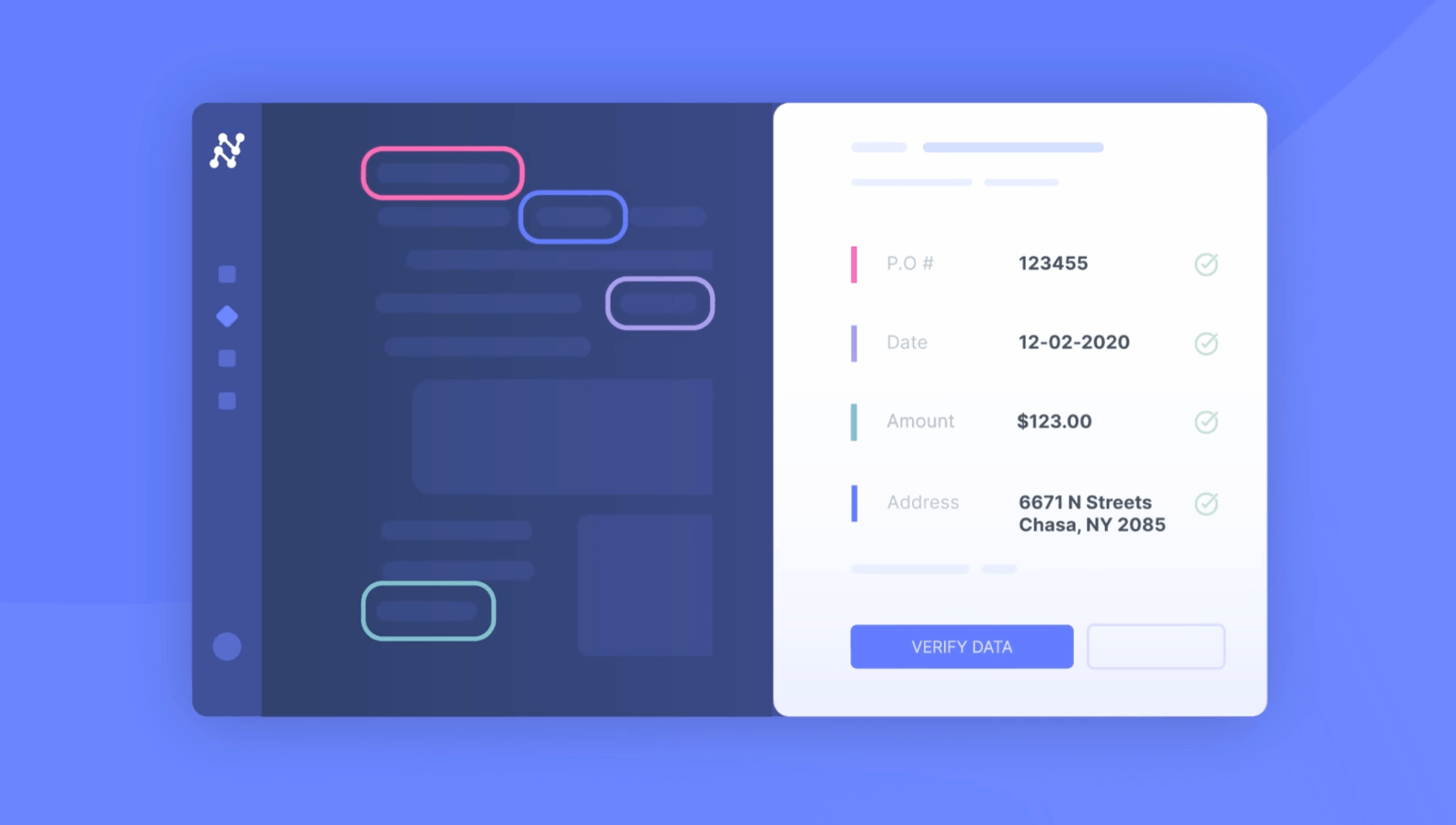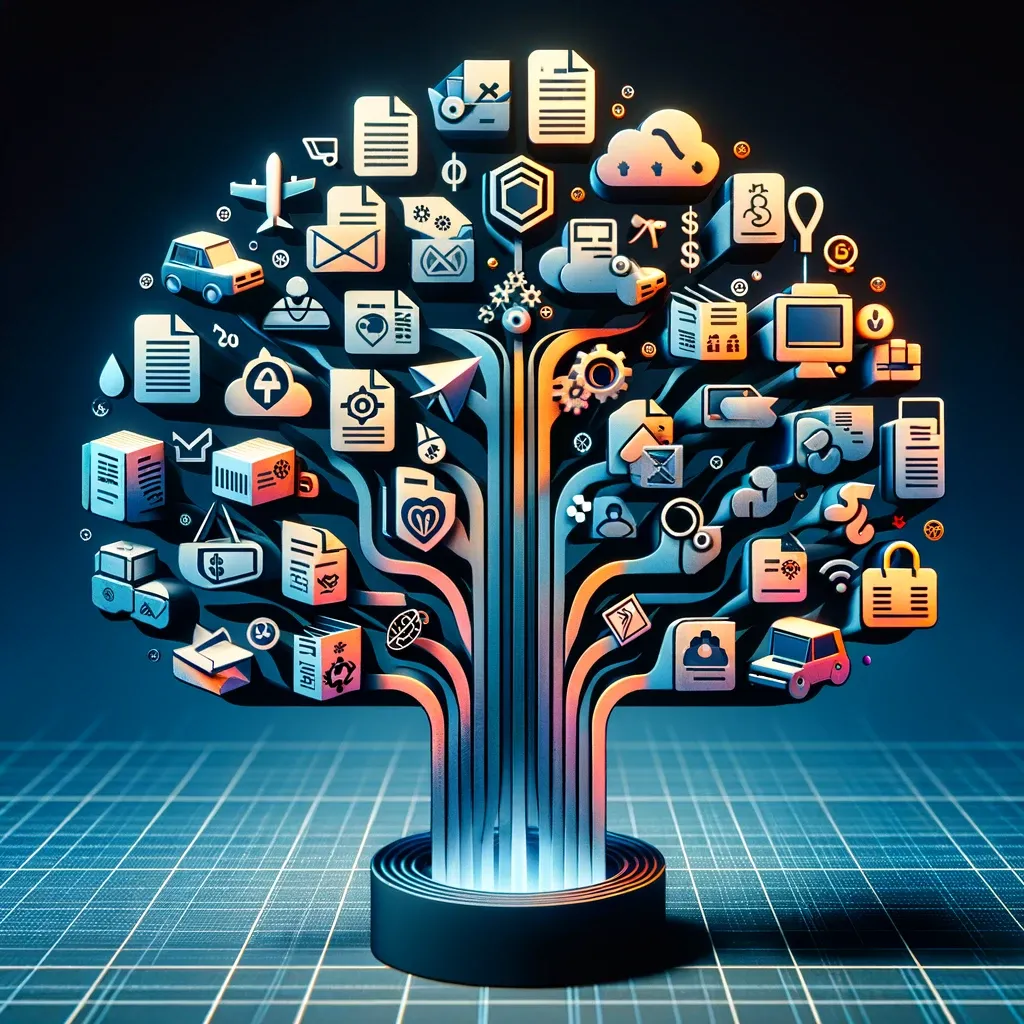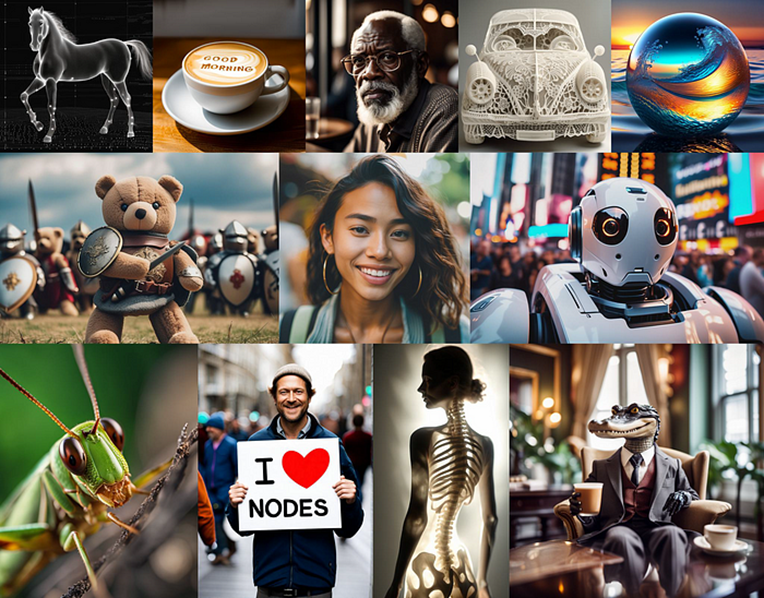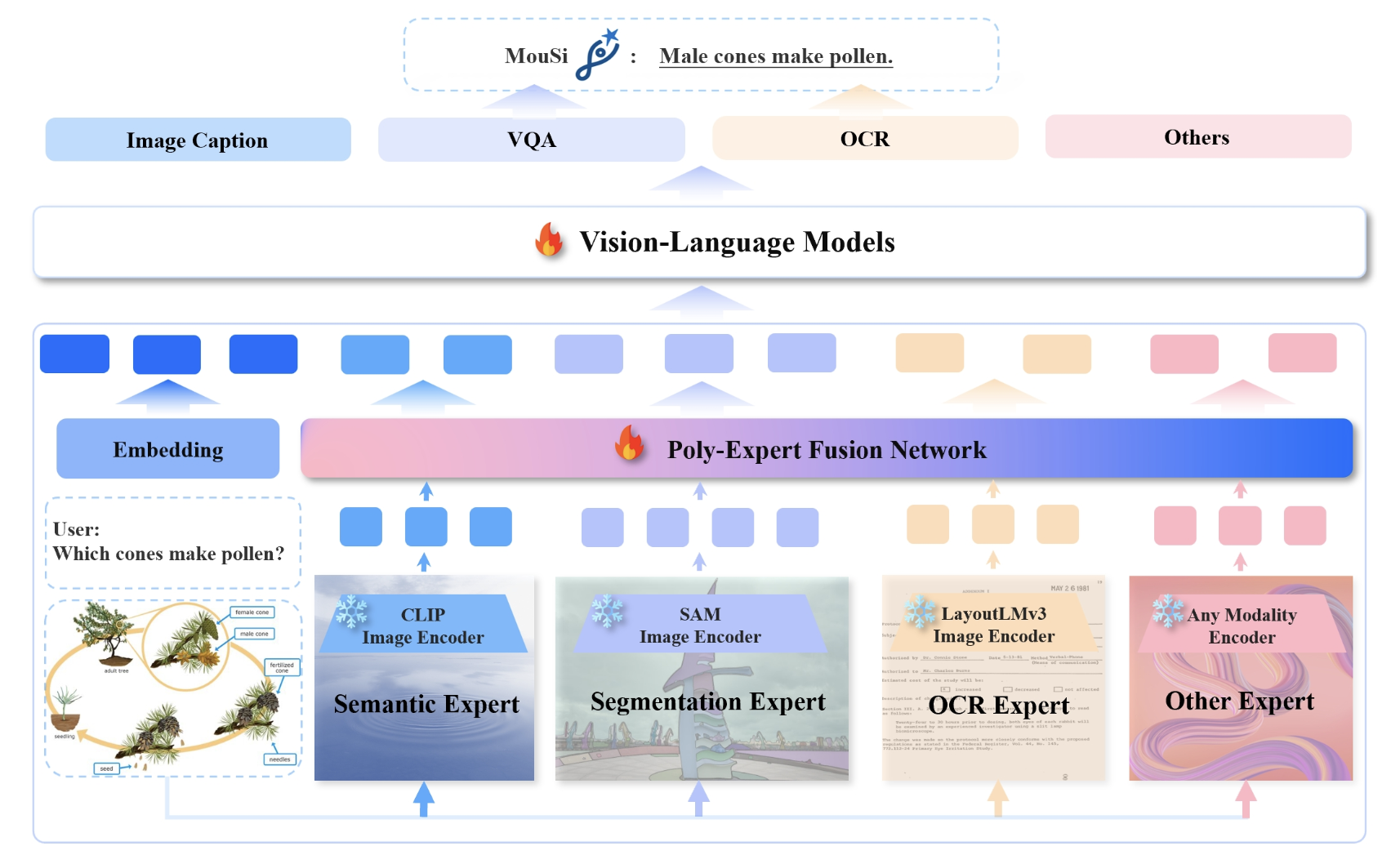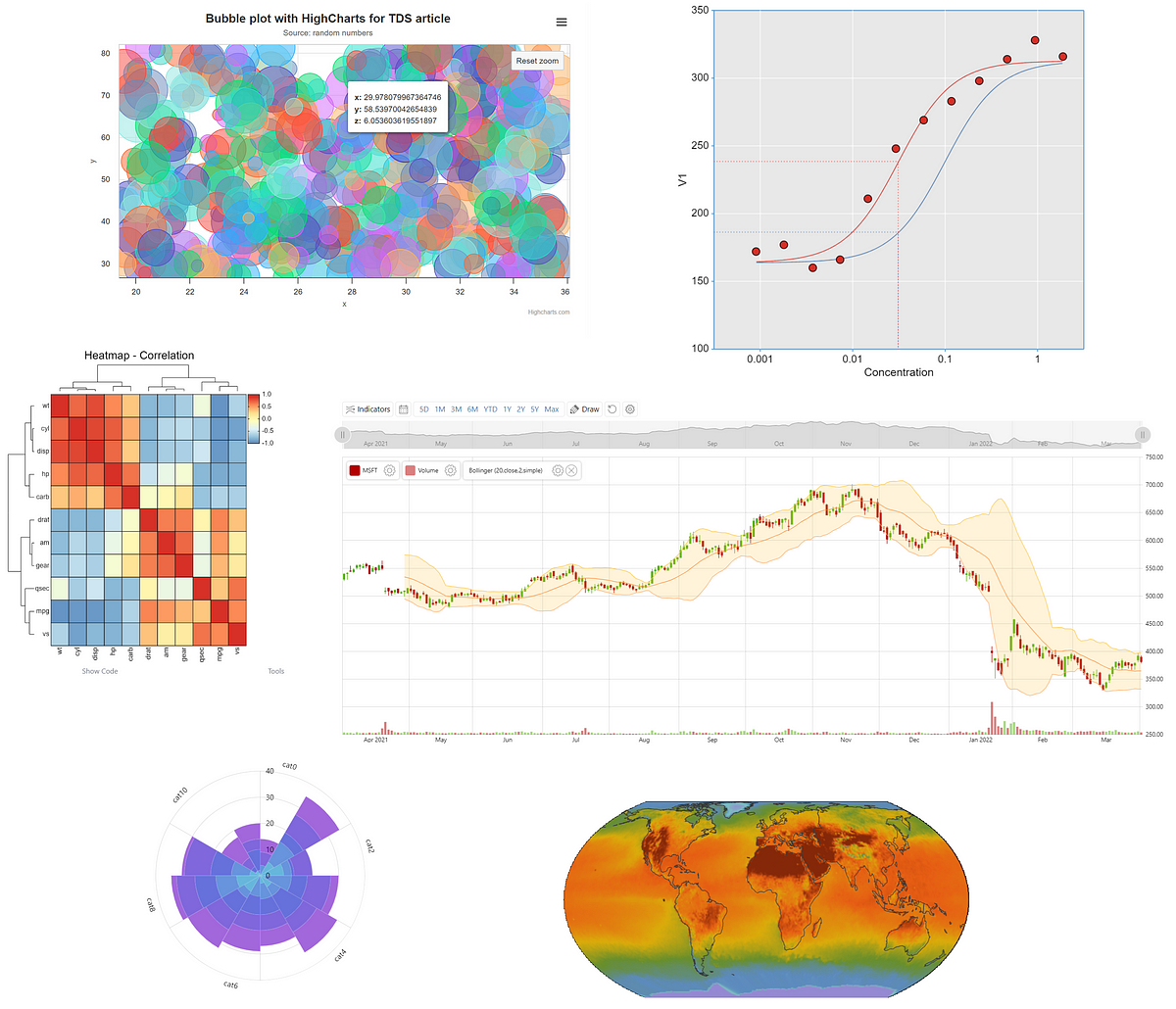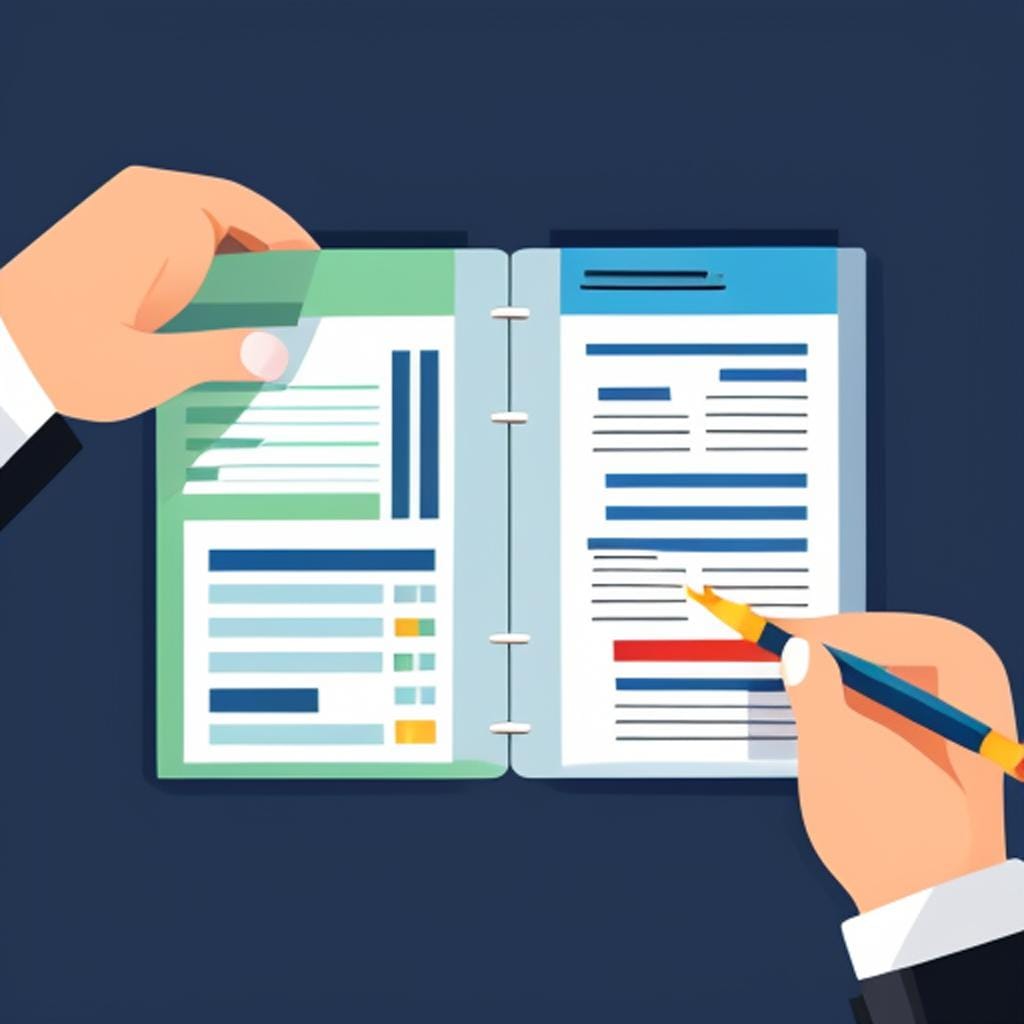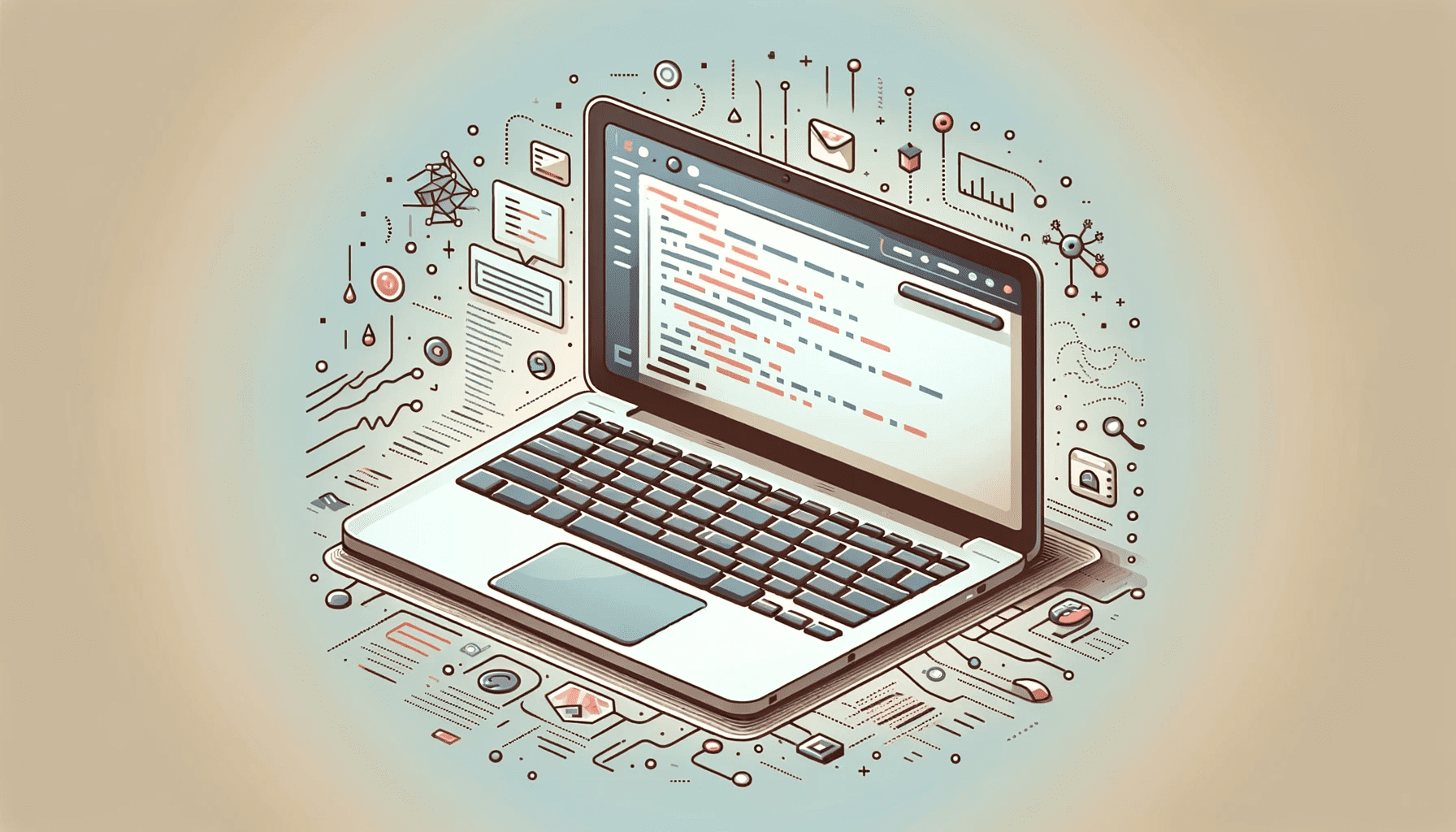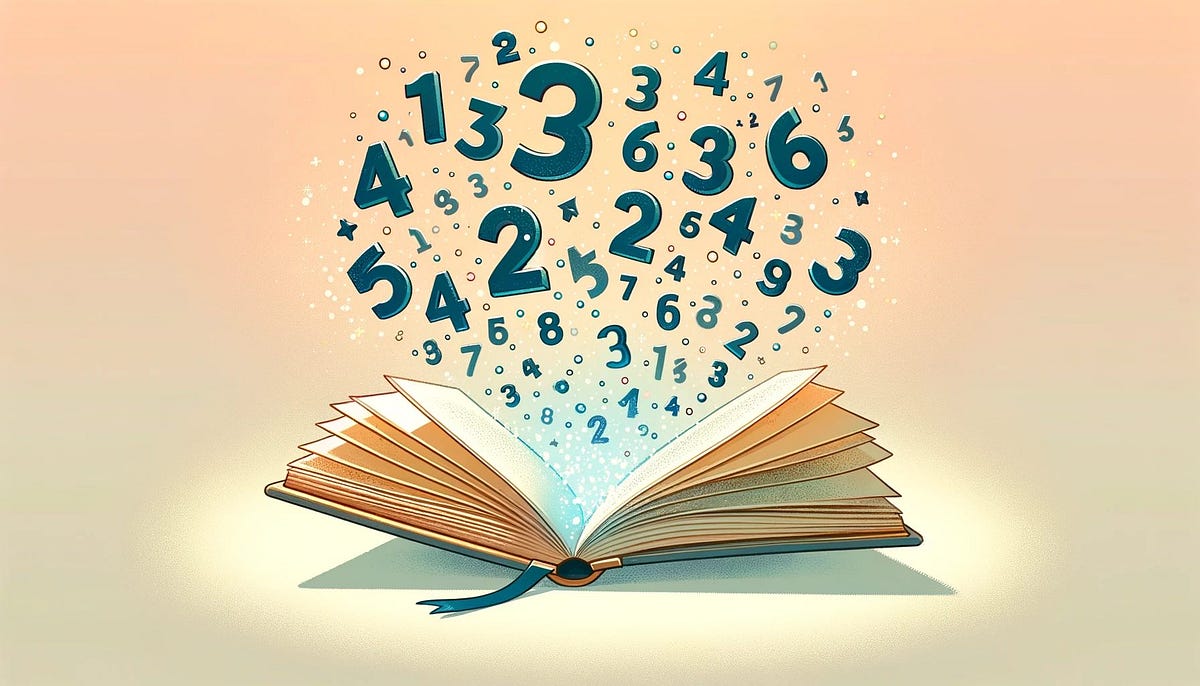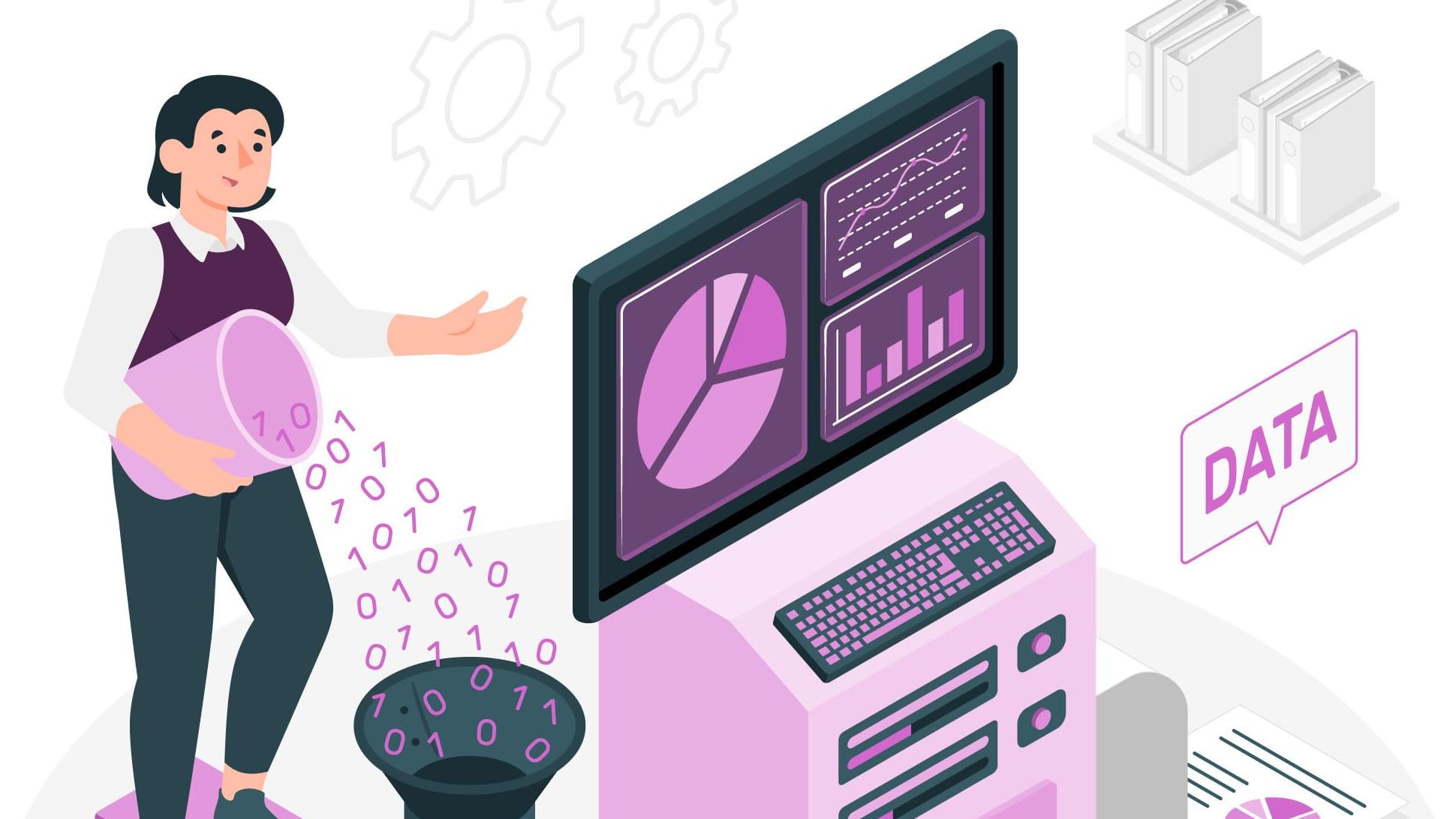For small businesses, effective cash management is more than a financial imperative – it’s key to survival. That’s why effective accounts payable management are linchpins to long-term cash management. Luckily, digital advances like artificial intelligence and cloud computing are bringing mega-corp accounting solutions to Main Street. A range of solutions and platforms exist, but make…
